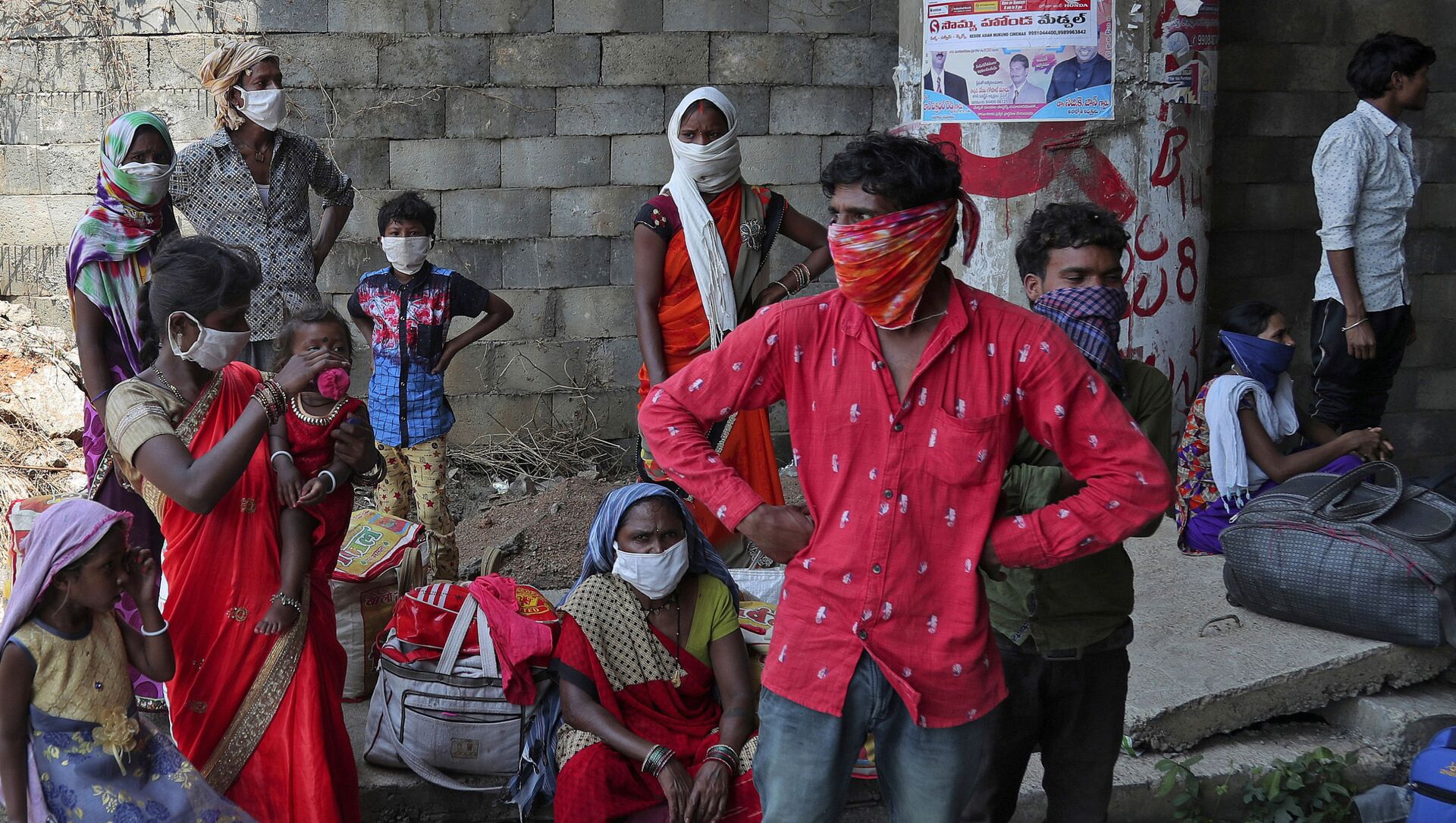Ever since several Indian cities have declared night curfews and partial lockdowns, hundreds of migrant workers have been rushing to the bus stops and railway stations to return to their hometowns.
On Tuesday, Maharashtra state chief Uddhav Thackeray announced the imposition of a 15-day long lockdown-style curfew till 1 May to break the chain of coronavirus. This has created a panic among migrant workersb who have started returning to their villages out of fear.
Several videos and photos of migrant workers gathered at Mumbai city’s Lokmanya Tilak Terminus are doing the rounds on the internet, leaving netizens shocked.
#Mumbai: Huge crowd of migrant workers arrive at Lokmanya Tilak Terminus. #migrantworkers pic.twitter.com/LMPujb8Cms
— Rahul Upadhyay (@rahulrajnews) April 14, 2021
#WATCH | Mumbai: Huge crowd of migrant workers arrive at Lokmanya Tilak Terminus (LTT) in Kurla pic.twitter.com/6zkz8xt0eE
— ANI (@ANI) April 13, 2021
Maharashtra: Migrant workers in Mumbai were seen returning to their native places.
— ANI (@ANI) April 13, 2021
"Now that curfew has been imposed, what would we do here? What would we eat? We're leaving the city because we don't want to go through the pain we endured during the lockdown," says a labourer. pic.twitter.com/IxraZoNS1j
The Delhi government has also imposed a seven-hour night curfew from 10 p.m. to 5 a.m., which will be in force till 30 April. Many migrant workers and their families have hit the road in order to get the best source of transportation to reach their villages.
Fearing night curfew... Migrant labourers now started going back to dere native place. @ArvindKejriwal @AmitShahOffice .... No assurances for them ? pic.twitter.com/JEToGCBKjQ
— Geekyblogger (@Deexa19) April 14, 2021
With 184,372 new Covid-19 cases, India has become the second country to record these many cases in one day after the US.
Last year, the nationwide lockdown was declared on 24 March in India to curb the spread of Covid-19. Helpless migrants living in big cities to earn a living struggled to return to their hometowns and arrange for their food and stay. With no means of transportation, migrant workers and their families walked miles carrying their kids and luggage and some lost their lives while on their way home.



